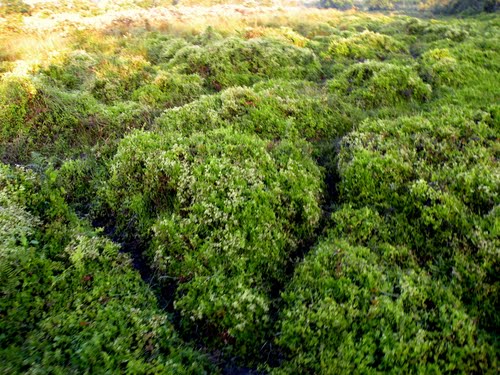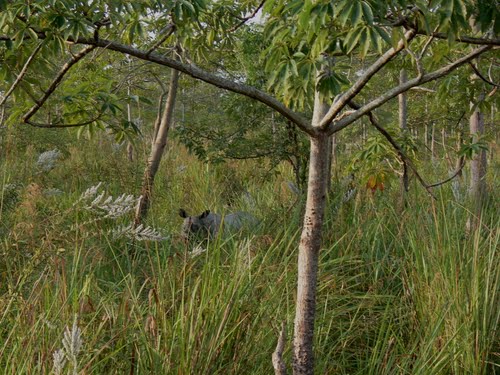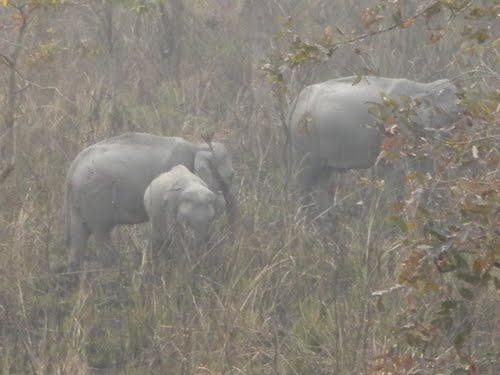Manas National Park or Manas Wildlife Sanctuary is a national park, a Project Tiger reserve, an elephant reserve and a biosphere reserve in Assam, India. Located in the Himalayan foothills, it is contiguous with the Royal Manas National Park in Bhutan. The park is known for its rare and endangered endemic wildlife such as the Assam roofed turtle, hispid hare, golden langur and pygmy hog. Manas is famous for its population of the wild water buffalo.
History
The Manas National Park was declared a sanctuary on 1 October 1928 with an area of 360 km². Manas bioreserve was created in 1973. Prior to the declaration of the sanctuary it was a reserved forest called Manas R.F. and North Kamrup R.F. It was used by the Cooch Behar royal family and Raja of Gauripur as a hunting reserve. In 1951 and 1955 the area was increased to 391 km². It was declared a World Heritage site in December 1985 by UNESCO. Kahitama R.F. the Kokilabari R.F. and the Panbari R.F. were added in the year 1990 to form the Manas National Park. In 1992, UNESCO declared it as a world heritage site in danger due to heavy poaching and terrorist activities. On 25 February 2008 the area was increased to 950 km². On 21 June 2011, it was removed from the List of World Heritage in Danger and was commended for its efforts in preservation.
Human history
There is only one forest village, Agrang, in the core of the national park. Apart from this village 56 more villages surround the park. Many more fringe villages are directly or indirectly dependent on the park.






